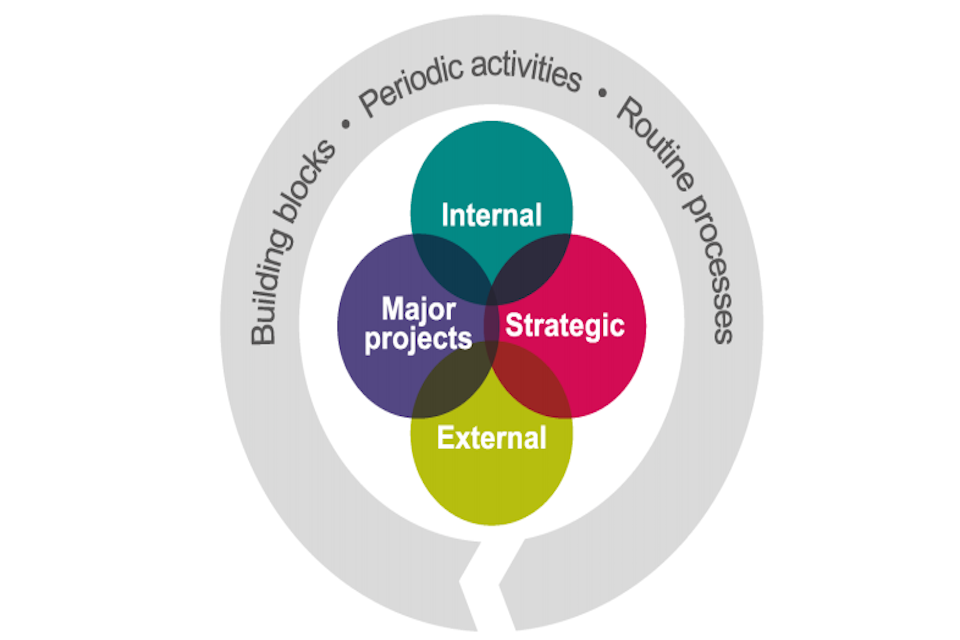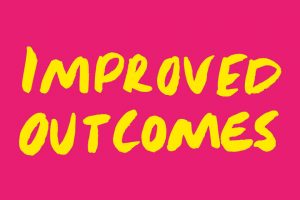
When Sir Nicholas (now Lord) Macpherson wrote here about the importance of risk management in government, he noted that it becomes of critical importance during times of change. And as the events of the last year have reminded us, we live in an ever-changing world.
When I became Government Lead Non-Executive in 2015, I identified five cross-cutting priority areas where I thought the non-executive network as a collective were in a good position to make lasting changes to the quality of government. Risk-management was one of those key areas, and I asked Ian Barlow and a group of other non-executives to take forward a review of risk management in government.
Risk is a part of everything we do, and we all manage risk (often without realising it) everyday - when we cross the road, when we back up precious IT files, the list goes on.
Good management of risk is essential if the Civil Service wants to improve outcomes. It enables us to use our resources more effectively and enhances strategic and business planning, as well as contingency planning. And, as the demands on the Civil Service rise, it is more important than ever to get this right.
Good risk management increases the likelihood that services will be easy for citizens to use, it protects people’s health and safety, and ensures citizen data will be held securely and only available to those who have a need to see it.
A new framework for risk management
With this in mind, I am pleased today to see the publication of a new risk management framework for government. This framework was built over the course of the last 12 months with input from risk experts and board members across government. It has been welcomed by the Permanent Secretary community, and is personally supported by John Manzoni, Chief Executive of the Civil Service.
Significantly, the risk framework has drawn upon the collective experience of non-executives. I extend my thanks to Ian Barlow, lead non-executive at HMRC, and the other members of the project steering group for their support in bringing this work together.
The framework comprises two main elements: a new model for risk management; and examples, tools, techniques and templates for those wanting to implement a more robust approach to risk.

But this is not about a one-size-fits-all approach to managing risks, or to centralise risk management in government. However, it does aim to provide a broad and high-level framework of good practice that can help departments to ensure that arrangements for managing risk are structured. I encourage you to take a look and consider your own department and role in the context of this work.
Where can I find out more?
 The framework and other supporting information can be found here. For those of you who are risk professionals working across government, there is a professional network, the Risk Improvement Group, which provides a valuable way of sharing best practice and learning from others. You can contact the group here.
The framework and other supporting information can be found here. For those of you who are risk professionals working across government, there is a professional network, the Risk Improvement Group, which provides a valuable way of sharing best practice and learning from others. You can contact the group here.
I am in no doubt that 2017 will herald another year in which considered management of risk will make a difference in meeting our objectives, improving service delivery, achieving value for money and reducing unwelcome surprises.
So, I’m delighted to welcome a framework that I hope will help to steer the Civil Service firmly towards success. We will certainly be working closely with departmental audit and risk chairs to embed it.

1 comment
Comment by Dakota posted on
In sum, we take too much risk where we shouldn't and don't take risk where we should